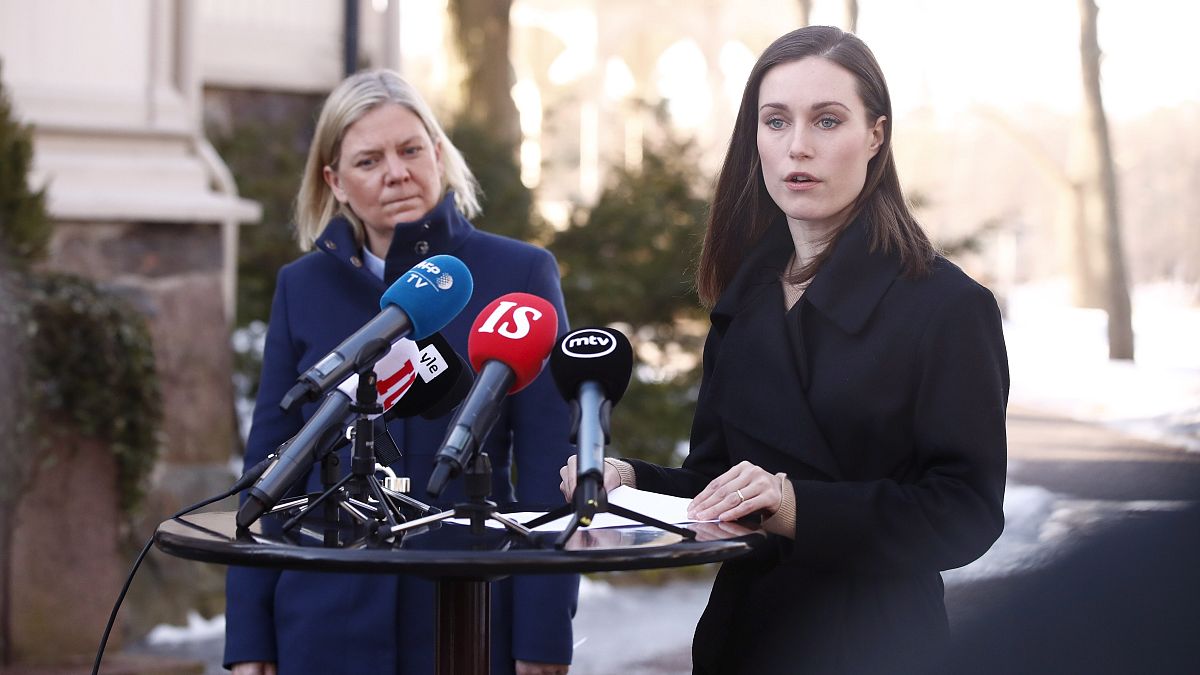The process to join the alliance relies heavily on the political appetite of member states.
Sweden's ruling party has joined Finland in confirming its desire to join NATO after Russia's invasion of Ukraine sparked a surge of support for joining the security alliance.
But what is the process for joining?
Since its creation back in 1949, the alliance has been based on an "open door policy," which is enshrined in Article 10 of the Washington Treaty, the founding text.
However, only European states are allowed to apply for membership.
Among the criteria, a candidate must have a consolidated democratic system, an open-market economy and the ability to contribute to NATO's military operations.
Once a country expresses its desire to join the alliance, the member states assess the request and decide if they want to invite the aspirant to begin accession talks.
If they do issue the invitation, the process officially begins and technical talks are launched in Brussels between specialised teams.
These talks are split into two sessions: the first one focuses on political, defence and military issues, while the second centres on resources and the common budget.
Candidates might be required to undergo certain reforms in order to meet the alliance's army and security standards.
Finland and Sweden have for years cooperated with NATO, so these technical discussions are expected to be smooth and straightforward.
After negotiations come to a successful end, NATO drafts an accession protocol, which serves as an amendment to the Washington Treaty and allows the candidate to become a legal party to the text.
The protocol then goes to member states: each and every one of them must vote to ratify it.
The unanimous requirement means that one single "no" could block the entire accession process, a condition that resembles the far lengthier and much more complex method of EU enlargement.
If the protocol earns unanimous backing, the alliance's secretary general, a position currently occupied by Jens Stoltenberg, formally invites the candidate to join NATO.
Once inside the select group, the new member immediately benefits from the protection granted by Article 5, the principle of collective defence: "All for one, one for all."
Watch the video explainer above to learn more about the NATO accession process.
